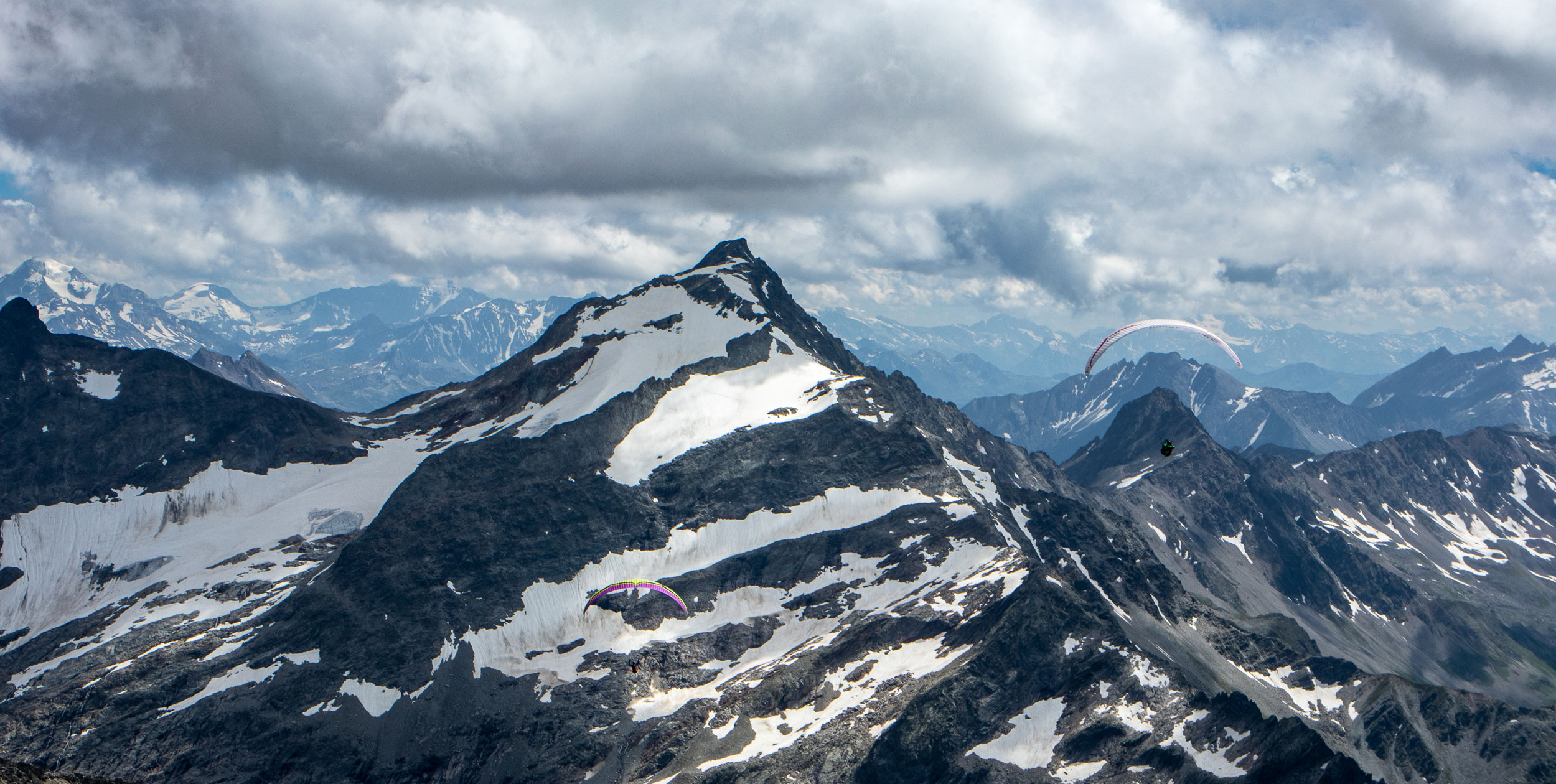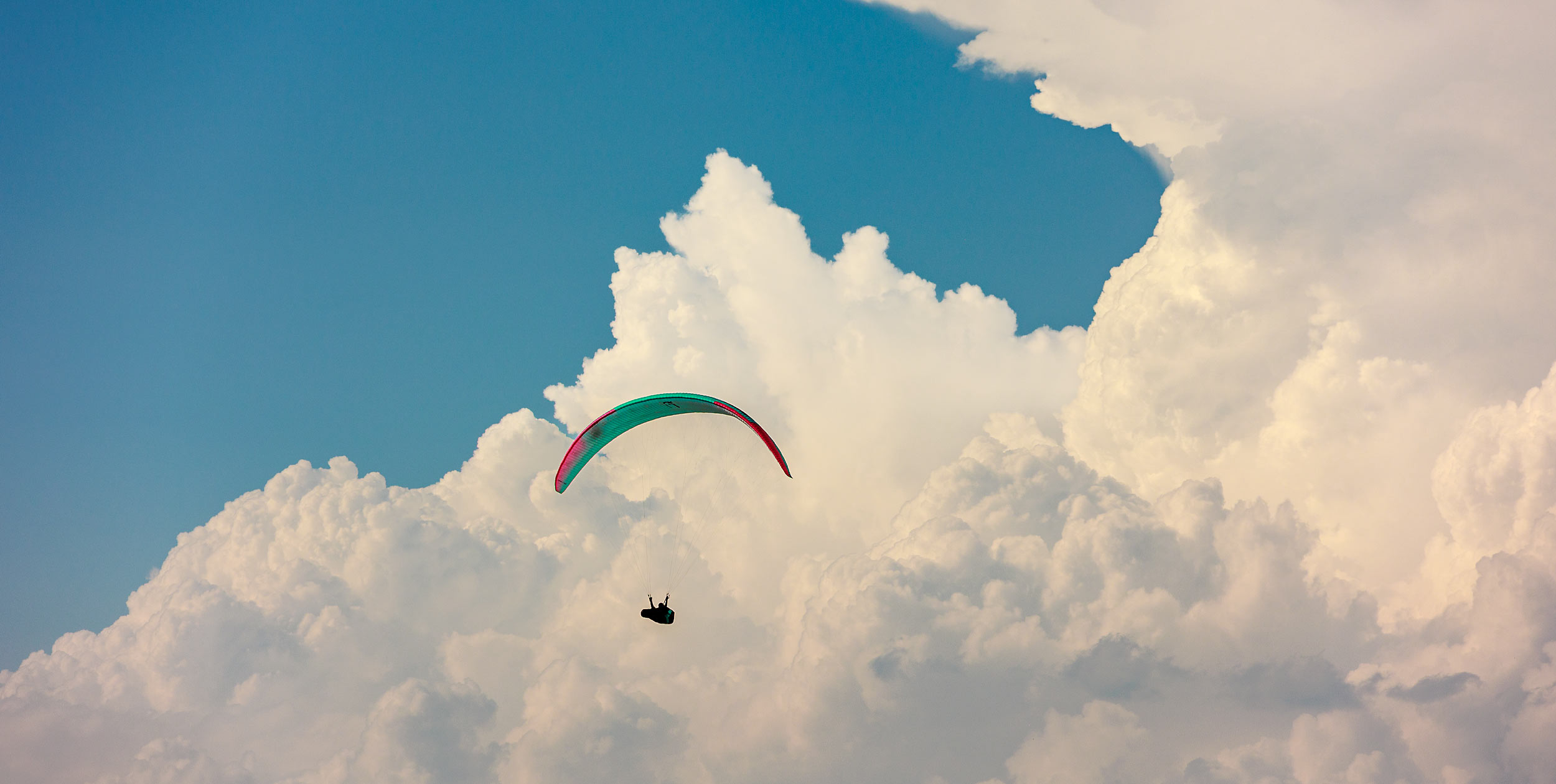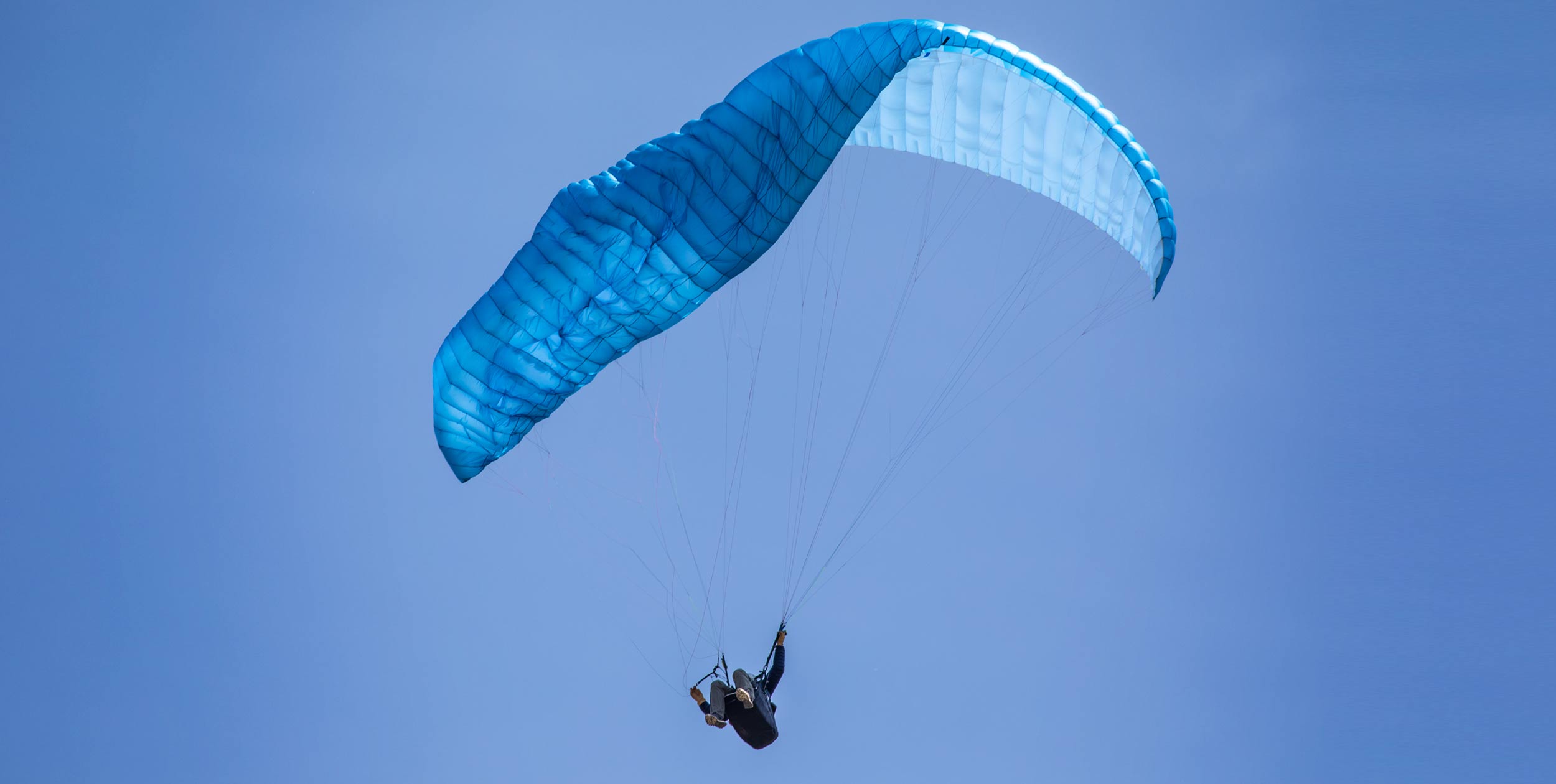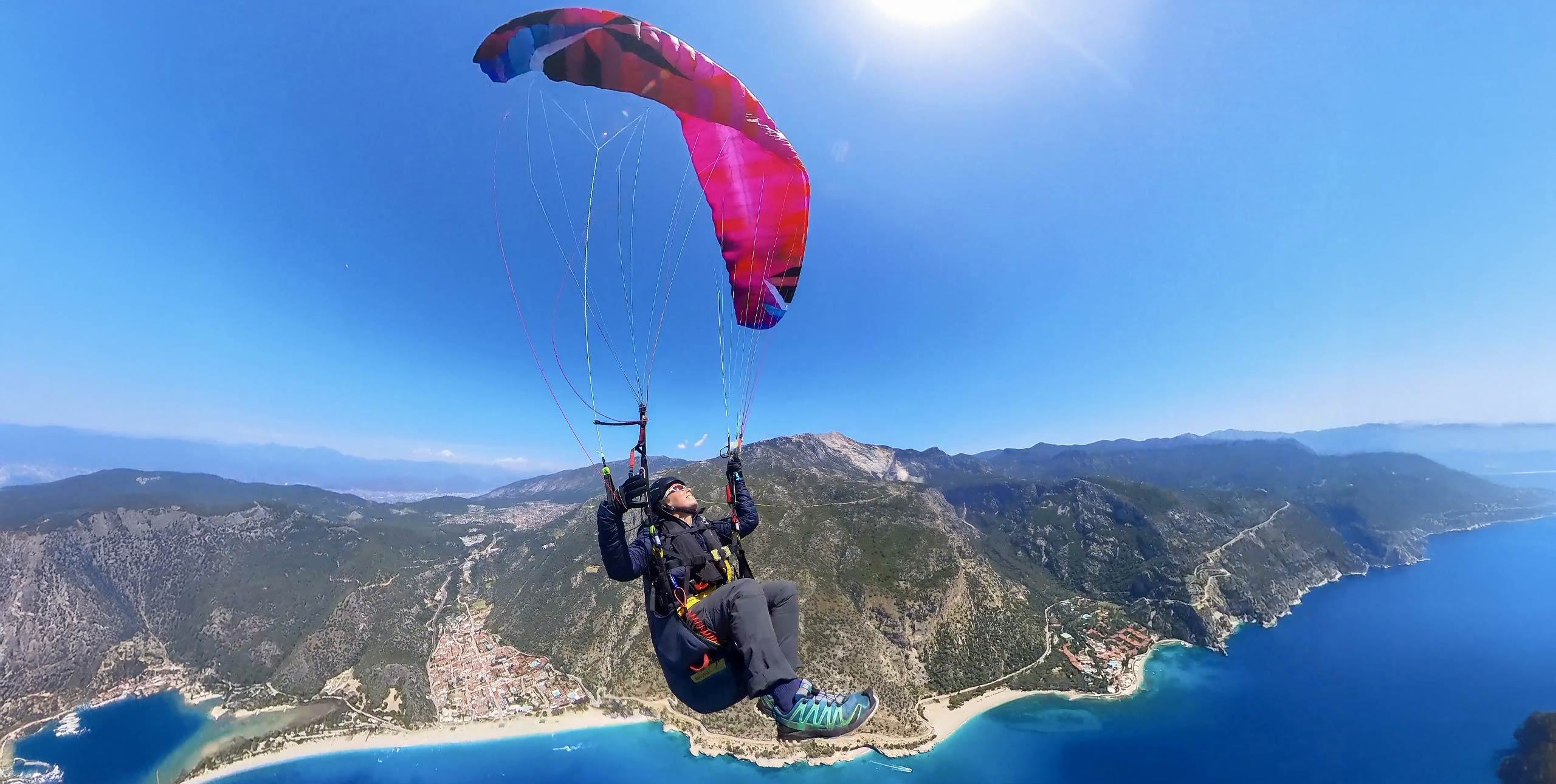
Flying off the map: The mini guide to adventure flying
29 April, 2021, by Bruce GoldsmithYou need more than a Swiss Army knife to head off into the unknown. Bruce Goldsmith offers this advice for pilots looking to add some adventure to their flying.
Adventure flying means flying to places you have never flown before. It can be either a personal adventure or you can be pushing the limits back for the whole of mankind – flying where no-one has ever gone before.
The common thread running though all kinds of adventure flying is that to some extent you are flying into the unknown. That means taking your own flying decisions based on your own experience and skill, and not flying by what others have done or by pre-determined routes.
It means you need to figure out yourself how and where to fly. You have to become independent. In this sense as soon as you leave the confines of your home site you are adventure flying.
START AT HOME
The first stage in adventure flying comes before you leave the comfort of your regular flying site. Instead of simply flying your home site like you do every day, come at it with fresh eyes. Try to look at it from the perspective of someone who has never been there before; imagine you have just arrived after a long glide in.
Try to use this different perspective to understand what is going on in the air, and then combine this with your existing knowledge of the site to help you understand why the site needs to be flown in a certain way. In this way you can get more out of your regular flying without even leaving the site. You begin to prepare yourself for adventure flying using your imagination.
STUDY METEOROLOGY
Improving your understanding of the weather will help you to build up your own mental picture of where you are flying. There are a host of books and articles written on understanding the sky and how to use that knowledge to make your own flying decisions.
First, you have to understand the meteorology of the area where you usually fly. Once you have fitted this in with your own mental model, when you fly cross country into new and unexplored terrain you can then apply the same model to this new flight area. Ask yourself about valley breezes, cloud development, overdevelopment, the angle of the sun, the influence of the sea, weather fronts etc. The more you know about weather, the more you will see and the better your decision-making will become.
What makes this interesting is that while at first your initial adventures may will be in an area that is similar to your home flying site, you can then start to explore. You can start to fly different regions, different terrain and rapidly add to your library of experiences. Experiences that you’ll never forget and that will make you a better pilot.
To broaden your flying experience, search out different kinds of flying: from flatland flying, mountain flying, coastal flying to flying in small hills. Visit as many different sites as possible and mix the types of flying that you do. Doing that is the best way to broaden your understanding of flying conditions.
UNDERSTAND AEROLOGY
Your home flying site will have one kind of aerology – it could be a mountain site, or a flatland towing site or a coastal ridge to name just three.
Once you have learnt about one kind of flying, you need to move to the next kind of aerology and get used to the way the weather changes there.
Your first XC adventure will most likely be from your local site out into the surrounding region, which will probably have similar types of flying conditions. However, when you head off on an adventure, perhaps vol-bivouacing for several days, or travelling abroad, you fly away from your normal aerology and you fly away from your normal mindset.
You need to be prepared for this. For example, flying in areas where there is high humidity will give you completely different flying conditions to flying in very dry areas. It can be quite a shock to an Alpine pilot when he goes flying in dry flatland conditions, or if he goes to Brazil where there is very high humidity which gives much weaker, smoother conditions.
Gaining experience flying different sites, different aerologies and in different parts of the world will help enormously when it comes to adventure flying.
BE IN TUNE WITH YOUR EQUIPMENT
When you break new ground and make your own flying decisions it is possible that you can find yourself in the wrong place. For example, you can put yourself in the lee side unintentionally.
You have to have enough confidence in yourself and your flying equipment to get yourself out of such situations. Be prepared for the unexpected, so don’t go adventure flying on a wing that is too hot for you. You need to be able to get yourself out of trouble with ease: the classic adventure flying wing is normally an EN C glider, but of course you can go adventure flying on a wing of any level.
BE OPEN MINDED
I believe that the best pilot is the one who can change his mental model the quickest. This means that even though you think you know what the air is doing, you stay flexible and open-minded enough to interpret and react to unexpected changes.
As pilots we constantly receive new information through all our senses. If the information does not confirm our own mental image of the sky then we need to create a new idea of what is going on and act accordingly.
Adventure flying is a mental exploration as well as a physical exploration of new places, conditions and people. It is such a deeply rewarding experience it is little wonder that it is becoming an increasingly popular branch of our sport.











